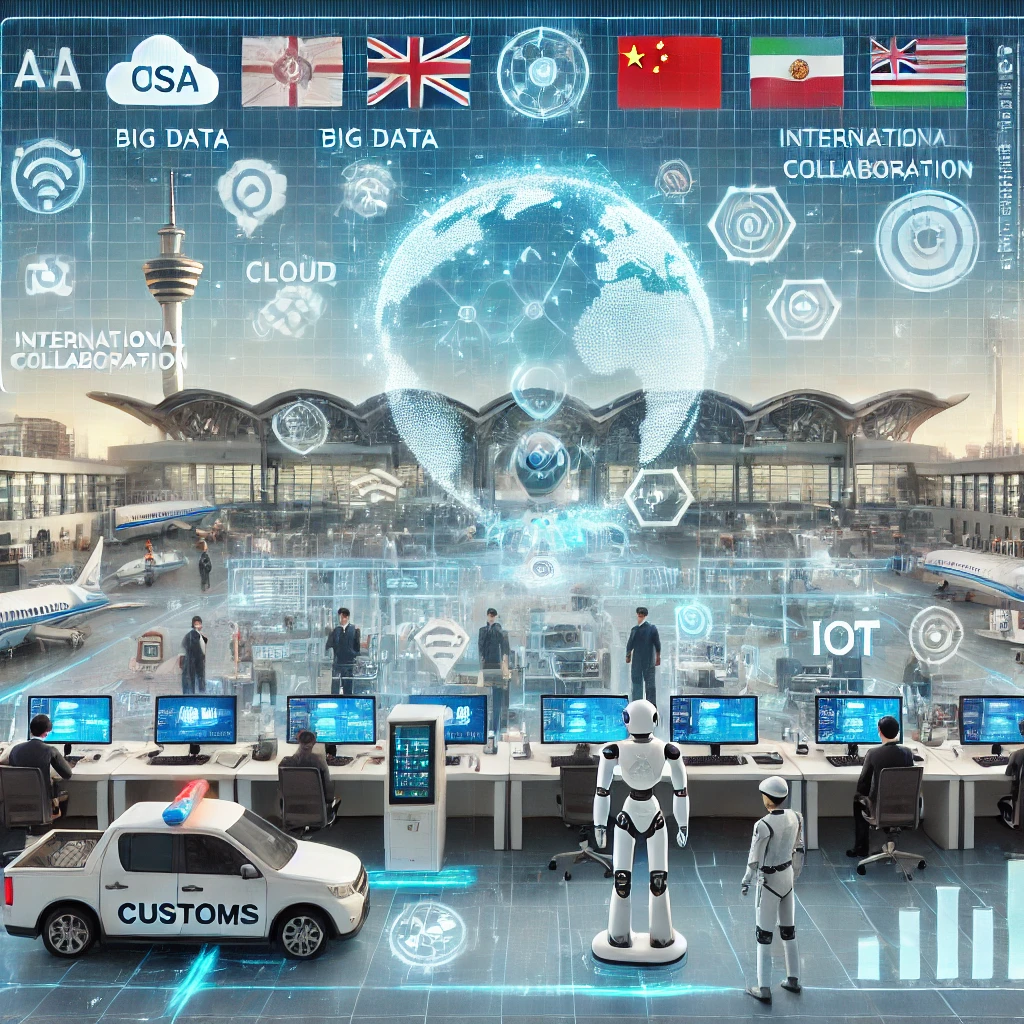Introduction
In 2024, China announced the full-scale implementation of smart customs. This statement by Lin Shaobin, Deputy Director of the General Business Department of the General Administration of Customs of China (GACC), indicates the rapid advancement in the application of big data, cloud computing, artificial intelligence (AI), and the Internet of Things (IoT) in customs operations.
Promotion of Technological Innovation
Chen Zongwang, Deputy Director of the Science and Technology Development Department of the GACC, stated that they are “strengthening and exploring the application of scientific and technological innovation in various aspects of customs operations.” For instance, smart drawing review systems are expected to effectively handle 24/7 operations, reduce the workload at the frontline of customs, and enhance accurate supervisory capabilities. Additionally, the introduction of smart identification technology for intellectual property rights (IPR) trademarks allows for rapid online inquiry of IPR filing information and the identification of infringing trademarks.
Strengthening Multilateral and Bilateral Cooperation
Du Hongwei, Deputy Director of the General Business Department of the GACC, mentioned that to further promote high-level openness to the outside world, customs will enhance multilateral and bilateral cooperation. Through collaboration with the World Customs Organization (WCO) and the Asia-Pacific Economic Cooperation (APEC), they will promote the “Smart Customs Cooperation Partnership Initiative” and deepen institutional cooperation in customs inspection and quarantine with Central Asia and the Association of Southeast Asian Nations (ASEAN). Furthermore, they aim to promote the electronic origin network with members of the Regional Comprehensive Economic Partnership (RCEP) agreement and expand international mutual recognition cooperation for Authorized Economic Operators (AEO).
Contribution to the Joint Construction of the “Belt and Road” Initiative
China aims to make high-quality contributions to the joint construction of the “Belt and Road” initiative. By expanding the “one-stop” cross-border interconnection function in trade, China will promote “one-stop” cooperation with countries jointly constructing the “Belt and Road.” Additionally, by supporting the construction of high-efficiency international logistics routes adapted to new production and logistics methods, they seek to facilitate economic activities.
Construction of High-Level Open Platforms
Customs is promoting the construction of open platforms such as the Hainan Free Trade Port, the Hengqin Guangdong-Macao Deep Cooperation Zone, comprehensive bonded zones, and pilot free trade zones. Through the reform of supervisory systems and the application of advanced scientific technologies, they will promote institutional openness and continuously release the “dividends of reform.”
Facilitation for Inbound and Outbound Passengers through Smart Equipment
At Shanghai Pudong International Airport and Beijing Daxing International Airport, new smart equipment such as “integrated smart channels,” “smart collaborative transport robots,” and “contactless pre-inspection systems” provide convenient services for inbound and outbound passengers. Xia Qian, Deputy Director of the Shanghai Customs Supervision Office, explained that by leveraging technology, they can offer the best customs services to many law-abiding travelers.
Conclusion
The implementation of smart customs in China not only contributes to the efficiency of customs operations and the enhancement of supervisory capabilities but also plays a crucial role in promoting international economic cooperation and opening policies. Through the proactive introduction of new technologies and the strengthening of multilateral cooperation, China is expected to achieve more advanced economic activities and the development of international trade.
